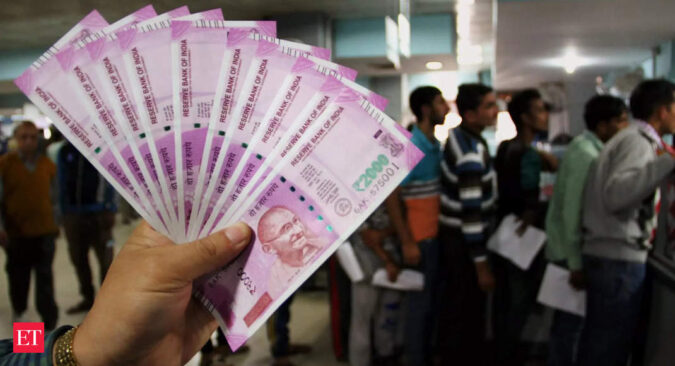He said that such a high denomination currency with very limited daily usage can cause unwanted collateral issues, Das reiterated.
The Rs 2,000 note was introduced primarily for replenishing the system with the value of the currency which was demonetised and that purpose was fulfilled five years ago, Das said.
The Reserve Bank of India (RBI) on Friday decided to withdraw the Rs 2000 denomination currency notes from circulation, but added they will continue to remain as legal tender.
RBI had advised banks to stop issuing Rs 2000 denomination banknotes with immediate effect.
RBI, however, said that citizens will continue to be able to deposit Rs 2000 banknotes into their bank accounts and/or exchange them into banknotes of other denominations at any bank branch up to September 30, 2023.
The exchange of Rs 2000 bank notes into notes of other denominations can be made upto a limit of Rs 20,000 at a time at any bank starting from May 23, 2023.The objective of introducing Rs 2000 banknotes was met once banknotes in other denominations became available in adequate quantities. Therefore, the printing of Rs 2000 banknotes was stopped subsequently in 2018-19.
About 89 per cent of the Rs 2000 denomination banknotes were issued prior to March 2017 and are at the end of their estimated life span of four-five years.
The total value of these banknotes in circulation has declined from Rs 6.73 lakh crore at its peak in March 31, 2018 (37.3 per cent of Notes in Circulation) to Rs 3.62 lakh crore constituting only 10.8 per cent of Notes in Circulation on March 31, 2023.
